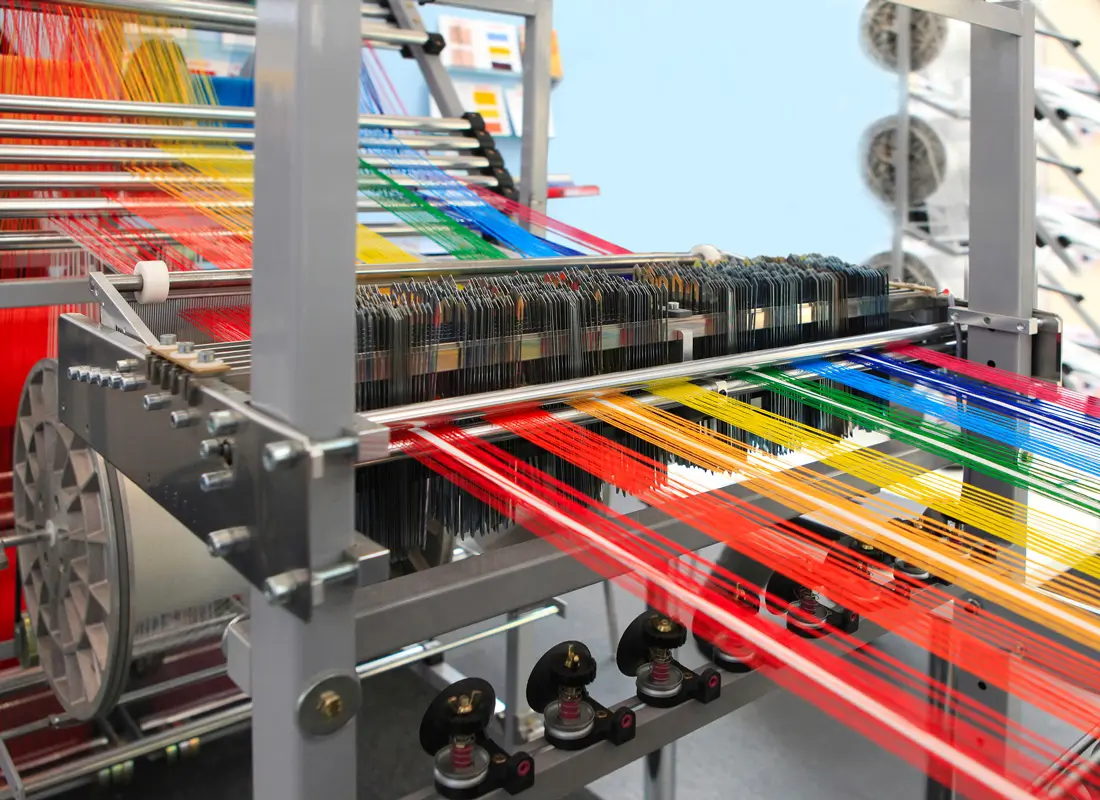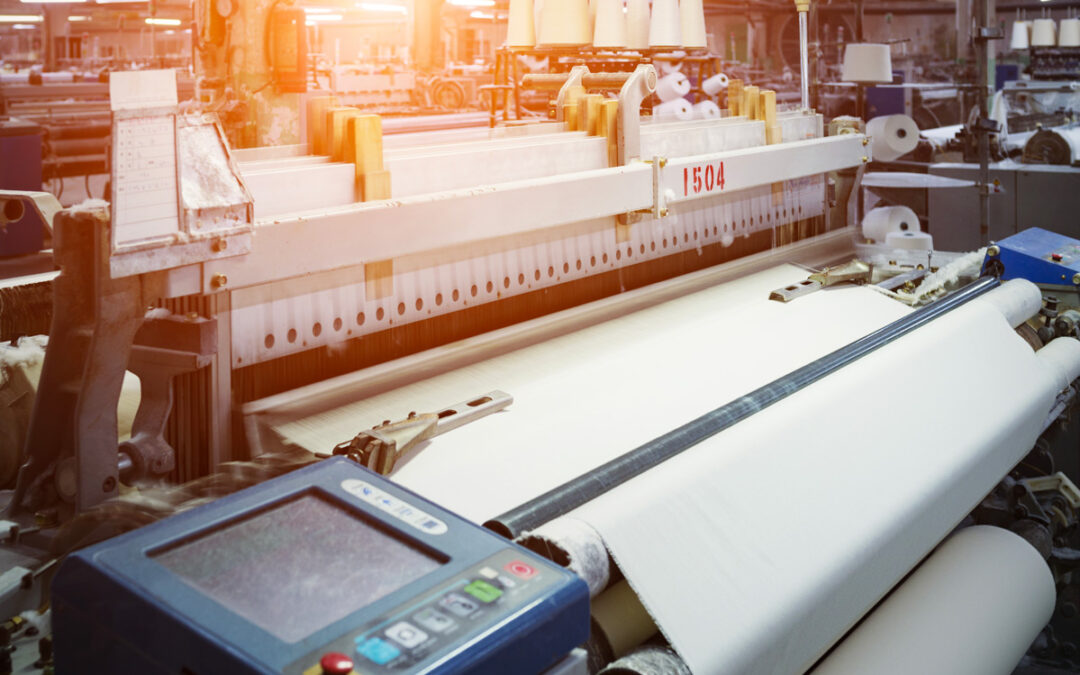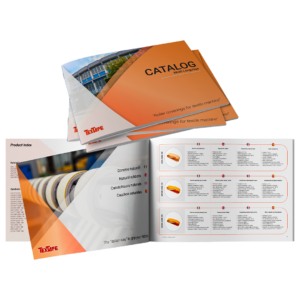When writing blog posts about our roller coatings, we focused on a single category of
products at a time. More specifically, we wrote:
-
- an article about natural rubber items,
- two articles about nitrile pieces,
- a fourth on PVC products,
- and a fifth, which talks about silicone roller coatings.
Why did we do this, you ask? Because we wanted to create something easy to consult. And in-depth articles are perfect if customers already know which materials the components they need should be made of.
But we realized that you may know everything about your machinery and still have doubts about which components to install. In this situation, pillar posts may not help. Of course, you can scan through each blog post until you find the perfect item for your machines. Yet, to help you save time, we created another article presenting info about all our categories
of roller coatings through bullet lists. Pieces of information you’ll find here:
-
- intended use for our products (organized by categories),
- the difference in performance between supports,
- Textape product warranty.
Table of Contents
Intended use for our roller coatings
Or, better, on which machines to install our roller coatings. As mentioned before, in this paragraph, we’ll talk about categories of products as opposed to singular items. How are they organized? Easy, we distinguish categories through codes. If you had a peek at our catalog, you might have noticed that there are some alphanumeric characters. For instance, the Grindered synthetic rubber item is labeled as 120, while the natural medium granulated rubber piece is labeled as 104. This is the code we are talking about. Now let’s have a look at what these codes mean.
Code 120
This category of roller coatings is peculiar. Not only are the items in this list designed
for specific machinery, but they are only suitable for equipment made in Europe and
Asia. You can install it on: stenters.
Code 174/50B
Processing delicate and slippery fabrics is complicated, and adopting the correct components on your machinery is crucial. Particular attention is needed when it comes to stenter machines because very high temperatures are reached. To prevent difficulties in textiles processes with these fabrics, we warmly suggest installing on your stenters code 174/50B products.
Code 130/50
As you may know, there are lots of different looms on the market, and each kind needs dedicated roller coatings. Code 130/50 pieces are specially made to boost the performance of air jet looms. Also ideal for: rapier looms.
Code 104/50
Are you looking for items to install on raising machines and shearing machines?
Items that fall into the 104/50 category are specifically designed for that machinery.
Code 182/50
Then there are products that are made for knitted fabrics. This is the case of code
182/50 pieces, which have the perfect grip on tubular and flat knit.
Code 174/50
In the textile industry, some machines reach crazy high temperatures, like dryers or steamers. The solution for creating suitable roller coatings is adopting super-resistant materials. At Textape, we came up with code 174/50 items.
Code 172/50
Textile processes that are carried out at room temperature need attention too. For example, plating rollers need their own roller coatings. We made them and grouped them into category 172/50.
Code 134/50
We also designed something specific for carpet weaving. We know how special this textile process is, so we came up with a dedicated category of components to install on your machinery, the code 134/50. The roller coatings under this label are perfect for enrolling machines too.
Code 146/50
What to install on your quality inspection machinery? The pieces that fall into category 146/50. Perfect for checking: natural and synthetic fabrics.
Code 197/50
In this list, there are components you can install only on a single machine and others that can be used only for a particular fabric. And then, there are products we warmly suggest using to treat a specific material. For instance, pieces grouped into the 197/50 category are ideal for silk processing.

The difference in performance between supports
If you have browsed our catalog, you may have noticed there are two kinds of support:
-
- the 100% cotton backing,
- the cotton and polyester mix (the ratio is 70% and 30%, respectively).
Honestly, there are more (some items do not even feature a backing!), but let’s focus on these materials. Why do we say there is a difference in performance? It’s not about product durability or heat resistance. As far as these characteristics are concerned, both backings are pretty good. Instead, it’s something to do with the glue.
The 100% cotton support, in fact, tends to absorb glue like a sponge, and this may cause wrinkles on the edges of the roller coating.
On the other hand, the cotton and polyester mix does not absorb glue at all. And this makes the roller coating work better.
Of course, it all depends on how you glue the support to your rollers. However, if you prefer more practical options, the cotton and polyester mix is the best solution for you.
Textape product warranty
Finally, we came to items durability. How often do we suggest changing the roller coatings, you say? Well, we suggest inspecting machines whenever needed on a regular basis to check all components are ok. Do this regardless of product duration to prevent damages to your machinery or products.
However, to answer your question directly, our roller coatings are guaranteed for 1 year. The warranty covers any problem due to premature wear and tear or a manufacturing defect not detected by our quality control.


